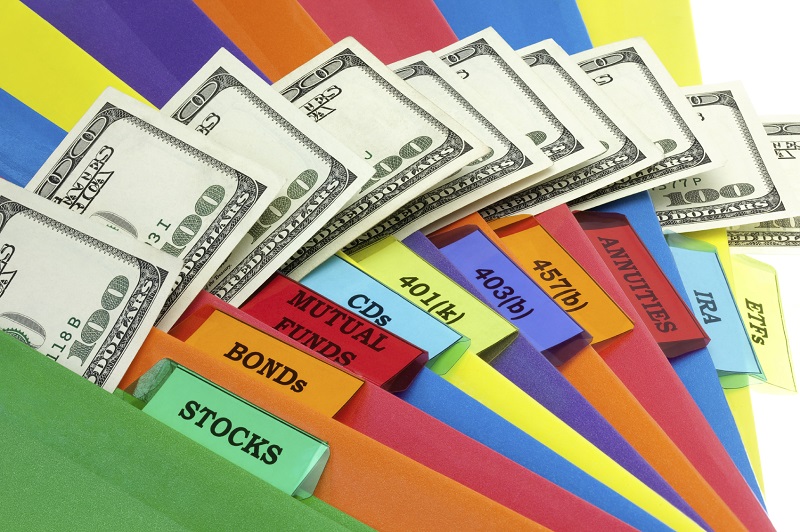Note: This article appears on the ETFtrends.com Strategist Channel
By John Lunt
Recently I had the opportunity to talk about asset allocation with a talented financial advisor. We discussed ideas about combining asset classes and strategies in the optimal way to meet the needs of his clients. As we reviewed whether a particular exchange traded fund (ETF) strategy would be appropriate, I asked him, “What question do you expect this ETF strategy to answer?”
Was the strategy trying to answer question one: “Should the portfolio be in the asset class or not right now?” or was the strategy trying to answer question two: “What segment or sub-component of the asset class should the portfolio be in right now?”
Notice that question one is an “in or out” question. Strategies that tend to answer this question focus on compounding returns over time by limiting the downside of a particular asset class. We would expect the potential to be “out” of the market would lower volatility and lower drawdown over time, but it would also result in times of being “out” during rallies in the asset class.
The second question does not try to answer the question of “in or out”— it is assumed it remains “in” the market. Instead, this question is about “rotation,” and an attempt to identify the optimal exposure within the asset class. Question two is structurally designed to compound returns by focusing on the upside. It may reduce volatility or drawdown by rotating to segments that are declining less, but it always stays invested. There are excellent ETFs and ETF strategies designed to answer question one or question two. However, a strategy designed to answer the “rotation” question cannot be expected to answer the “in or out” question.
Related: Picking the Right Club for the Next Shot in ETFs
Answering these questions highlights the importance of understanding design when selecting ETFs or ETF strategies. The design will determine the characteristics and attributes of a particular strategy. From our perspective, most ETFs and ETF strategies are portfolio “tools” that are well designed. It becomes important for the advisor or manager to use the tool correctly for the benefit of the client. There are other important design questions for advisors or investors to ask. We suggest asking questions related to opportunity set, strategy goal, and time frame. Answering these questions will ultimately help an advisor understand the economic and market conditions during which the strategy is expected to perform well. Just as importantly, it helps the advisor understand the conditions during which the strategy may perform poorly. Make no mistake, there is no ETF or ETF strategy that will perform well at all times under all market conditions. Successful portfolio construction requires a correct understanding of tradeoffs between carefully designed strategies.

